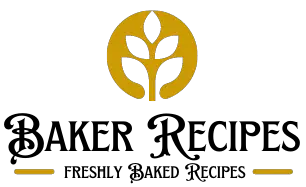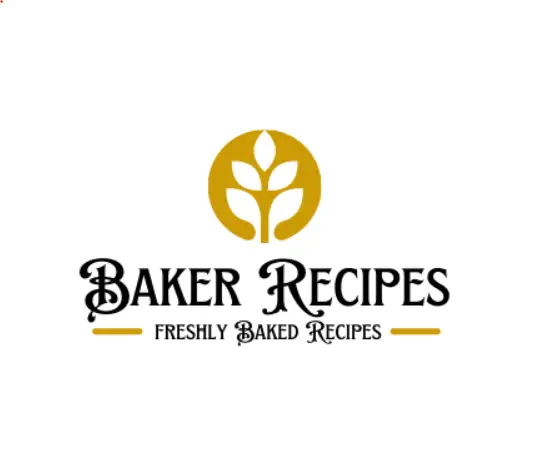The best delicious Moroccan Bread Information recipe with easy-to-follow step-by-step instructions that are straightforward and foolproof. Try this Moroccan Bread Information recipe today!
Hello my friends, this Moroccan Bread Information recipe will not disappoint, I promise! Made with simple ingredients, our Moroccan Bread Information is amazingly delicious, and addictive, everyone will be asking for more Moroccan Bread Information.
What Makes This Moroccan Bread Information Recipe Better?
The answer is simple, Simplicity, Foolproof, Straightforward, and Tested. Yes, all recipes have been tested before posting including this Moroccan Bread Information.
Ready to make this Moroccan Bread Information Recipe? Let’s do it!
Oh, before I forget…If you’re looking for recipes that are simple to follow, then we’ve got your back. With over 55,000 recipes in our database, we’ve got the best recipes you’re craving for.
1 Info below
*Manage with bread and butter until God sends the honey.*
– Moroccan proverb
“In North Africa bread is sacred, and is treated with respect. If
you see a piece lying on the ground, you pick it up and kiss it and
put it some place where it will not be dirtied. A woman who wishes
her bread to impart that special kind of God-given luck called baraka
will send the first three leaves of the unleavened therfist to a
Koranic scholar. And there is a tale in Morocco of a Negro woman
imprisoned in the moon because she defiled a loaf.
“The round, heavy-textured, spicy bread of Morocco is quite different
from the flat, hollow discs that pass for ‘Arab bread’ in the United
States. Chewy, soft-crusted Moroccan bread is highly absorbent, ideal
for dipping into the savory sauces of tagines and as a kind of ‘fork’
for conveying food when eating with one’s hands. Because it is left
to rise only once it is extremely easy to make, and is well worth the
trouble if you are planning to serve Moroccan food.
“The custom at a Moroccan dinner is that only one person distributes
the wedges cut from the round loaves; otherwise, there will be a
quarrel at the table.”
“In most Moroccan homes bread is still prepared every morning,
kneaded in a large, unglazed red clay pan called a gsaa and then sent
to the community oven on the heads of children wearing padded caps.
The loaves of each family are identified with a wooden stamp, and the
bread is returned as soon as it is baked.
“To my mind the best bread in Morocco is made with such coarse grains
as whole wheat or barley mixed with unbleached flour. But whenever a
visitor (and especially an American) is coming to the house, many
Moroccans unfortunately feel that it is ‘finer’ to prepare their
bread with refined white flour, and the result is, predictably, bland.
“Moroccan women knead bending over the gsaa while pushing and folding
a long roll of dough back and forth until it gains maximum
elasticity. The best-tasting breads are the ones most thoroughly
kneaded – the yeast is evenly distributed and the bread is
protein-rich: my image of bread making in Morocco is concentrated
around the memory of myself on my knees kneading in time to the
recorded songs of the great Egyptian singer Oum Kaltsoum.”
“Besides the classic Moroccan breads called kisra or khboz there is a
Marrakesh specialty called khboz bishemar (very similar to the pastry
called rghaif and which I call Marrakesh ‘Pizza’; therfist, an
unleavened bread that is prepared in sheets, which are often spread
with a foamy mixture of fenugreek and water reputed to make Berber
women plump; and a kind of bread made by the ‘blue people’ (Tuaregs)
of the Sahara, baked on hot sand and called tagella.”
“When Tuaregs share bread with a stranger they sanctify the occasion
by saying: ‘
Yields
1 info below



Leave a Reply